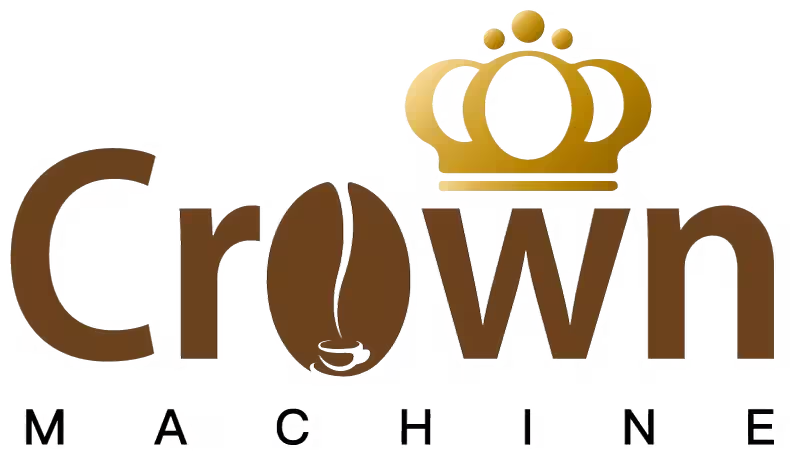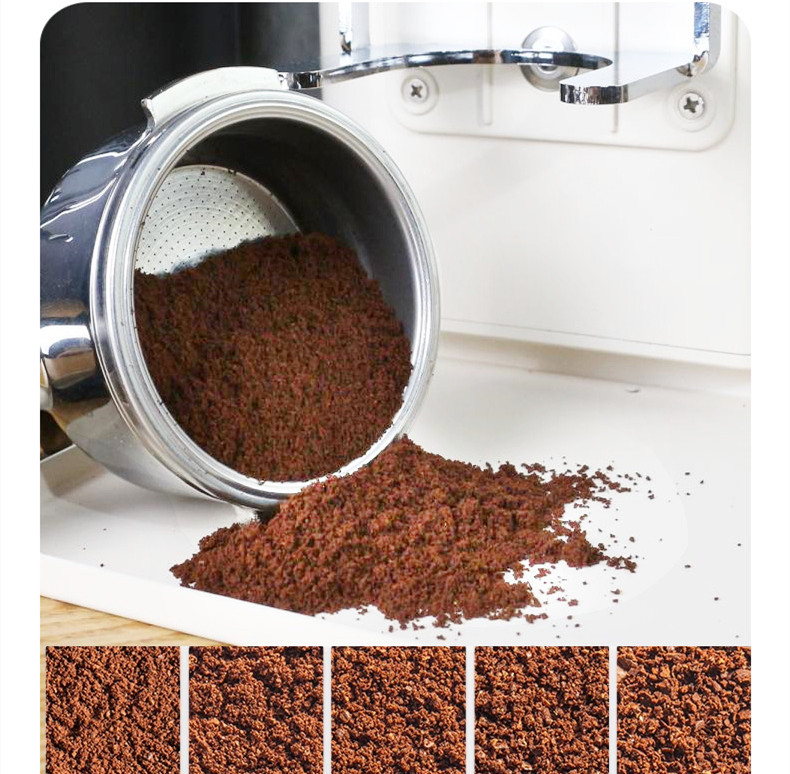During peak hours in coffee shops (such as morning rush hour, noon or weekends), the efficiency and stability of the grinder directly affect the speed of serving cups, the quality of coffee and customer satisfaction. The following provides systematic solutions from three dimensions: equipment optimization, operation procedures, and emergency plans:
First, equipment optimization: Enhance grinding efficiency and stability
Choose a high-capacity grinding machine
Key parameters:
Cutter head diameter: ≥65mm (such as Mahlkonig E65S, Fiorenzato F83E), the grinding speed is 3-4 times faster than that of a 40mm cutter head.
Motor power: ≥500W (such as Compak E10), supporting continuous grinding without heat generation.
Bean bin capacity: ≥1kg (such as Ditting KR804), reducing frequent bean addition.
Case: After a certain chain coffee shop upgraded to an 80mm cutter head grinder, the grinding time per cup was reduced from 15 seconds to 4 seconds, and the cup output during peak hours increased by 200%.
Multi-machine collaboration and division of labor
Main grinding machine: Responsible for Italian concentration (extremely fine powder), equipped with a conical cutter head (to reduce fine powder clogging).
Secondary grinding machine: Responsible for hand rinsing/cold extraction (medium and coarse powder), equipped with a flat cutter head (to enhance flavor layers).
Data: A dual-machine configuration can increase the cup production efficiency during peak hours by 50% to 70% and prevent a single device from overloading.
Pre-grinding and quantitative packaging
Pre-research and grinding strategy
During off-peak hours, grind the commonly used powder amounts (such as 18g Italian powder, 25g hand-washed powder) in advance and aliquot them into sealed jars.
The sealed jar should be marked with the grinding time and the type of bean to prevent flavor loss (it is recommended to store for no more than 2 hours).
Tool recommendation: Use an electronic scale and a portioning spoon to ensure that the error of each portion of powder is ≤±0.5g.
Second, optimize the operation process: reduce waiting and errors
Standardized Operating Procedure (SOP)
Step example:
After confirming the order, the pre-researched grinding powder should be used first (if the time limit is not exceeded).
When freshly ground, quickly select according to “grinding degree + cup quantity” (e.g. “Italian/Double cup /36g”).
Clean up the residual powder immediately after grinding to avoid cross-contamination.
Training focus: New employees need to master the operation and cleaning process of the grinding machine within 3 days and can only take up their posts after passing the assessment.
Dynamic grinding degree adjustment
Humidity compensation: When the air humidity during the rainy season exceeds 70%, adjust the grinding degree by 0.5 stops (for example, from #5 to #5.5) to prevent excessive extraction.
Temperature compensation: When the room temperature in winter is less than 15℃, preheat the grinding machine for 5 minutes to reduce the starting resistance of the motor.
Tools: Use a hygrometer and thermometer to monitor environmental data in real time.
Residual powder management and cleaning
Single cleaning: After every 10 cups of grinding are completed, use a brush to clean the gaps between the cutter heads to prevent the accumulation of fine powder.
Deep cleaning: After the end of each business day, disassemble the cutter head and rinse it with warm water (do not use cleaning agents), dry it and then reassemble it.
Data: Regular cleaning can increase grinding efficiency by 15% to 20% and reduce the failure rate by 40%.
Third, emergency response plan: Dealing with equipment malfunctions and sudden demands
Standby grinding scheme
Manual grinders: such as Porlex Mini (grinding 20g of beans for about 2 minutes), suitable for emergency situations (such as power outages).
External support: Establish cooperation with nearby coffee shops or baking workshops. During peak hours, grinders can be borrowed.
Case: Due to a circuit failure, a coffee shop activated three manual grinders and, in combination with pre-researched grinding powder, maintained an 80% cup serving speed.
Customer communication strategy
Waiting time notification: If freshly ground and there are more than 5 people in the queue, proactively inform the customer that “the estimated waiting time is 8 minutes” and offer a free tasting.
Alternative solution recommendation: For example, “Hand-brewed coffee requires waiting. Should we switch to espresso (pre-ground powder, ready in 3 minutes)?”
Data: Proactive communication can increase customer satisfaction by 30% and reduce the complaint rate by 60%.
Rapid response to faults
Common fault handling:
Stuck bean: Immediately cut off the power and use a special tool to rotate the cutter head in the opposite direction for cleaning.
Motor overheating: Pause use for 10 minutes and turn on the fan for cooling.
Spare parts inventory: Reserve vulnerable parts such as cutter heads and motor carbon brushes, reducing the maintenance time from 2 days to 2 hours.
Fourth, Summary and Suggestions
Core strategy:
Equipment end: High-capacity grinding machine + pre-research grinding and packaging + multi-machine collaboration.
Process end: Standardized SOP+ dynamic adjustment + residual powder management.
Emergency response: Backup plan + customer communication + rapid response.
Priority suggestion:
Short-term: Upgrade the grinding machine with a cutter head diameter of ≥65mm and train the staff’s SOP.
Long-term: Introduce Internet of Things grinding machines (such as Mythos 2) to monitor grinding data in real time and automatically compensate.
Guide to Avoiding Pitfalls:
Avoid purchasing “dual-purpose” models for both home and commercial use, as their motors and cutter heads cannot withstand continuous high-intensity operation.
Do not rely on a single grinding machine. The failure rate during peak hours may reach 15% to 20%, and a redundant solution is required.
Through the above strategies, coffee shops can achieve the goal of “fast serving, stable quality and customer praise” during peak hours, while reducing equipment wear and tear and operating costs.


